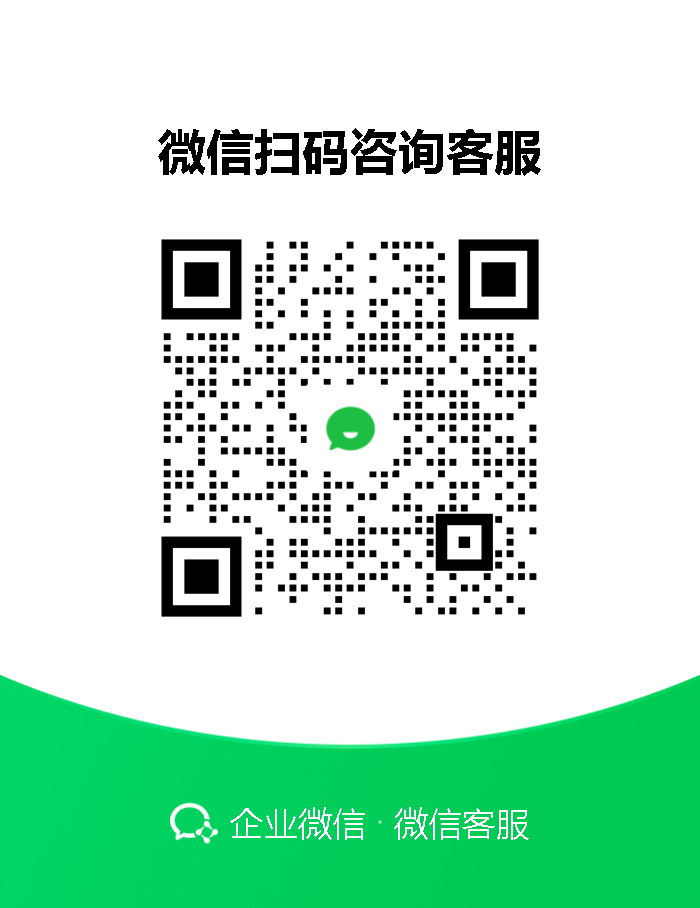【国外标准】 Standard Practice for Calculating Yellowness and Whiteness Indices from Instrumentally Measured Color Coordinates
本网站 发布时间:
2024-02-28
- ASTM E313-20
- Active
选择类型:
 电子版: 590元
/ 折扣价:
502 元
电子版: 590元
/ 折扣价:
502 元
开通会员免费在线看70000余条国内标准,赠送文本下载次数,单本最低仅合13.3元!还可享标准出版进度查询、定制跟踪推送、标准查新等超多特权!
查看详情>>
适用范围:
5.1 This practice should be used only to compare specimens of the same material and same general appearance. For example, a series of specimens to be compared should have generally similar gloss, texture, and (if not opaque) thickness, and translucency.5.2 For yellowness measurement, this practice is limited to specimens having dominant wavelength in the range 570 to 580 nm, or Munsell hue approximately 2.5GY to 2.5Y. For whiteness measurement, this practice is limited to specimens having Munsell value greater than 8.3 (CIE Y greater than 65) and Munsell chroma no greater than 0.5 for B hues, 0.8 for Y hues, and 0.3 for all other hues (see 3.3.1).5.3 The combination of measurement and calculation leading to indices of yellowness or whiteness is a psychophysical process, that is, the procedures specified are designed to provide numbers correlating with visual estimates made under specified typical observing conditions. Because visual observing conditions can vary widely, users should compare calculated indices with visual estimates to ensure applicability. Some standards addressing the visual estimation of color and color difference are Practices D1535, D1729, E1360, and E1541, and Guide E1499.5.4 This practice does not cover the preparation of specimens, a procedure that may affect significantly the quantities measured. In general, specimens should be prepared and presented for measurement in the manner that is standard for the test being performed. Select enough specimens or specimen areas to provide an average result that is representative of each sample to be tested. See Practice E1345.1.1 This practice provides numbers that correlate with visual ratings of yellowness or whiteness of white and near-white or colorless object-color specimens, viewed in daylight by an observer with normal color vision. White textiles, paints, and plastics are a few of the materials that can be described by the indices of yellowness or whiteness calculated by this practice.1.2 For a complete analysis of object colors, by a specified observer and under a specified illuminant, use of three parameters is required. For near-white specimens, however, it is often useful to calculate single-number scales of yellowness or whiteness. This practice provides recommended equations for such scales and discusses their derivations and uses, and limits to their applicability (see also Ref (1)2).1.3 The values stated in SI units are to be regarded as standard. No other units of measurement are included in this standard.1.4 This standard does not purport to address all of the safety concerns, if any, associated with its use. It is the responsibility of the user of this standard to establish appropriate safety, health, and environmental practices and determine the applicability of regulatory limitations prior to use.1.5 This international standard was developed in accordance with internationally recognized principles on standardization established in the Decision on Principles for the Development of International Standards, Guides and Recommendations issued by the World Trade Organization Technical Barriers to Trade (TBT) Committee.
标准号:
ASTM E313-20
标准名称:
Standard Practice for Calculating Yellowness and Whiteness Indices from Instrumentally Measured Color Coordinates
英文名称:
Standard Practice for Calculating Yellowness and Whiteness Indices from Instrumentally Measured Color Coordinates标准状态:
Active-
发布日期:
-
实施日期:
出版语种:
- 推荐标准
- 国家标准计划
- BS EN 14625:2024 Ambient air. Standard method for the measurement of the concentration of ozone by ultraviolet
- BS EN 14626:2024 Ambient air. Standard method for the measurement of the concentration of carbon monoxide by non
- BS EN 14211:2024 Ambient air. Standard method for the measurement of the concentration of nitrogen dioxide
- BS EN 14212:2024 Ambient air. Standard method for the measurement of the concentration of sulphur dioxide
- BS EN 4869-103:2024 Aerospace series. Expanded beam termini, fibre optic non-physical contact in EN 3645 standard
- BS EN 4869-104:2024 Aerospace series. Expanded beam termini, fibre optic non-physical contact in EN 3645 standard
- 24/30506654 DC BS ISO 20038 Banking and related financial services — Key wrap using advanced encryption standard
- BS EN 4869-001:2024 Aerospace series. Expanded beam termini, fibre optic non-physical contact in EN 3645 standard
- BS EN 4869-101:2024 Aerospace series. Expanded beam termini, fibre optic non-physical contact in EN 3645 standard
- BS EN 4869-102:2024 Aerospace series. Expanded beam termini, fibre optic non-physical contact in EN 3645 standard
- BS ISO 27729:2024 - TC Tracked Changes. Information and documentation. International standard name identifier (ISNI)
- BS ISO 23603:2024 - TC Tracked Changes. Standard method of assessing the spectral quality of daylight simulators
- 24/30505086 DC BS EN IEC 61400-16 Standard file format for sharing power curve information
- BS ISO 27729:2024 Information and documentation. International standard name identifier (ISNI)
- 24/30504596 DC BS EN IEC 63147 Standard criteria for accident monitoring instrumentation for nuclear power
 17704692435
17704692435












